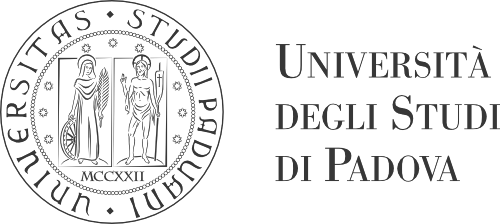Second Level Degree in Mathematics
Jump second level menu- Courses
- Timetable
- Exams
- Individual study program
- Student seminars
- Thesis
- Thesis Archive
- Graduation dates
- Contacts
TOPOLOGY 2 - 6 CFU
Teacher
Andrea D'Agnolo
Scheduled Period
I Year - 1 Semester | 04/10/2021 - 15/01/2022
Hours: 48 (16 esercitazione, 32 lezione)
Prerequisites
Target skills and knowledge
see below
Examination methods
traditional
Assessment criteria
oral exam
Course contents
Algebraic Topology is usually approached via the study of the fundamental group and of homology, defined using chain complexes, whereas, here, the accent is put on the language of categories and sheaves, with particular attention to locally constant sheaves.
Sheaves on topological spaces were invented by Jean Leray as a tool to deduce global properties from local ones. This tool turned out to be extremely powerful, and applies to many areas of Mathematics, from Algebraic Geometry to Quantum Field Theory.
On a topological space, the functor associating to a sheaf the space of its global sections is left exact, but not right exact in general. The derived functors are cohomology groups that encode the obstructions to pass from local to global. The cohomology groups of the constant sheaf are topological (and even homotopical) invariants of the space, and we shall explain how to calculate them in various situations.
Planned learning activities and teaching methods
Categories and functors
We will expose the basic language of categories and functors. A key point is the Yoneda lemma, which asserts that a category C may be embedded in the category of contravariant functors from C to the category of sets. This naturally leads to the concept of representable functor. Next, we study inductive and projective limits in some detail and with many examples.
Additive and abelian categories
The aim is to construct and study the derived functors of a left (or right) exact functor F of abelian categories. Hence, we start by studying complexes (and double complexes) in additive and abelian categories. Then we briefly explain the construction of the right derived functor by using injective resolutions and later, by using F-injective resolutions. We apply these results to the case of the functors Ext and Tor.
Abelian sheaves on topological spaces
We study abelian sheaves on topological spaces (with a brief look at Grothendieck topologies). We construct the sheaf associated with a presheaf and the usual internal (Hom and ⊗) and external operations (direct and inverse images). We also explain how to obtain locally constant or locally free sheaves when gluing sheaves.
Cohomology of sheaves
We will prove that the category of abelian sheaves has enough injectives and we define the cohomology of sheaves. Using the fact that the cohomology of locally constant sheaves is a homotopy invariant, we show how to calculate the cohomology of spaces by using cellular decomposition and we deduce the cohomology of some classical manifolds.
Additional notes about suggested reading
Textbooks (and optional supplementary readings)
- Pierre Schapira, Algebra and Topology http://people.math.jussieu.fr/~schapira/lectnotes/AlTo.pdf

